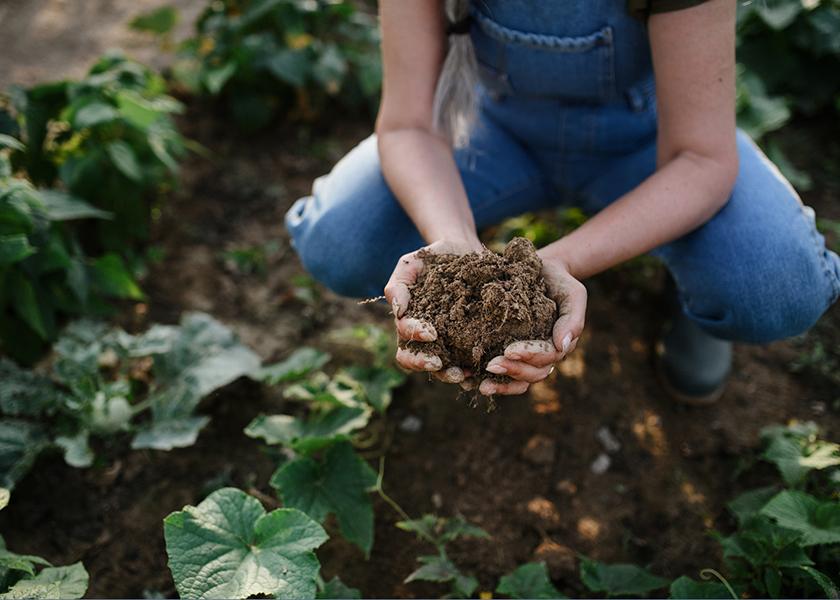The rise of regenerative: Key concepts to understand an emerging movement

Regenerative is a buzzword on the tip of everyone’s lips — from the board room to harvest fields. At the same time, in some indigenous communities and on many farms and ranches across the U.S., producers have been cultivating crops and raising animals using land management practices that build soil health but are not marketed as regenerative.
That may be changing.
As customers seek out products across the grocery story labeled as regenerative, retailers, suppliers and growers are deciding whether they should hop on the bandwagon to either produce food more sustainably or to simply get credit for the good work already happening at their farms or ranches.
But what’s regenerative and what’s not? The term is not regulated like organic, and there isn't yet a universally agreed upon definition of its precise meaning. To tackle this question, California’s Department of Food and Agriculture has doubled down to find the answer for growers and consumers alike.
Defining a new label
In the state agriculture department's "California Agricultural Vision" plan released in April 2023, the agency both elevated the goal of fostering climate-smart, resilient and regenerative food systems as a strategic priority while acknowledging that it needed to define what they mean when they use the term regenerative.
“While the term ‘regenerative’ is relatively new, the principles behind the concept reflect practices that some farmers have embraced for generations. Even so, the ‘regenerative’ terminology is gaining traction and support like never before due in part to the belief that ‘regenerative’ moves beyond the philosophy of ‘do no harm’ to one of making things better,” the report said.
While there is no universally agreed-upon definition of “regenerative agriculture,” many believe regenerative approaches include those that help mitigate climate change, improve soil health, restore biodiversity and enhance ecosystems, according to the report.
“Moving forward, the California State Board of Food and Agriculture will work to define what ‘regenerative’ means and provide recommendations on how it can be measured,” the report said. “By establishing common language and definitions, agriculture can shape the definition of 'regenerative' and strengthen its relationship with consumers and other stakeholders by showing how what happens on the farm can fit within the ‘regenerative’ framework.”
Common regenerative ag practices
The state of California is not alone in seeking to define this new sustainable agricultural term. Similarly, some retailers such as Whole Foods Market are supporting suppliers who innovate growing methods and mandating that food companies meet requirements for products labeled as regenerative.
Like the California agriculture department, Whole Foods Market has defined regenerative agriculture as describing “holistic land management practices that improve soil, enhance biodiversity and increase carbon capture,” according to its supplier education website.
A common thread that connects many definitions of regenerative agriculture is soil health. Farming and ranching practices that improve the soil ecology are at the heart of many mainstream regenerative programs, like the Savory’s Ecological Outcome Verification, Regenerative Organic Alliance’s certification and Whole Foods Market’s regenerative agriculture labeling policy.
Common initiatives described as regenerative in these programs include land management practices such as:
-
Conservation tillage and minimizing soil disturbance, chemically or physically.
-
Increasing biodiversity.
-
Promoting the soil ecosystem by maintaining living roots year-round.
-
Maximizing soil coverage to improve water-holding capacity and combat erosion.
-
Integrating animals through rotational grazing to improve soil fertility.







